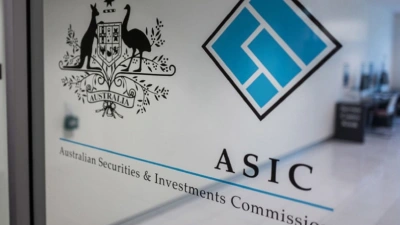The year in review: A rollercoaster year


This past year has proved to be the mirror image of 2007. In that year, the first half saw substantial flows and market confidence bolstered by the simple super reforms, but the second half saw the start of the global financial crisis (GFC). Compare this with 2009, when the markets reached the nadir of the GFC in the first half but then staged a staggering recovery in the second half.
The speed and size of the recovery has surprised many, but decisive co-ordinated action by major economies to stabilise and reinflate economies has been the catalyst for the recovery.
However, the recent issue with Dubai is a reminder that the credit-fuelled growth binge of the past 20 years is not easily put behind us, and that volatility will continue.
Australia has fared much better than most due to our links to China, low levels of government debt and strong governance exhibited by the regulatory agencies and much of the finance sector.
But the funds management and advice industries are experiencing unprecedented levels of reviews. The Government response to these reviews has the potential to set a new framework for the industry in the future, although I would caution Government on the need for radical reform given the performance of the industry to date has delivered positive long-term outcomes for millions of Australians.
In this regard, the past year has seen the industry take material steps to move forward to meet the increasing demands of our clients. Both the Investment and Financial Services Association Super Member Charter and the Financial Planning Association remuneration policies have sought to create an environment of trust and respect for the industry.
The continued move towards fee-for-service in the advice industry has been well documented, but there are other critical reforms that the industry has sponsored through the IFSA Member Super Charter and the response to the Ripoll and Cooper inquiries.
These include the need for tax deductibility for advice, which will help make fee-for-service advice much more affordable for all Australians. They also address the issue of liquidity and capital adequacy in funds that is critical to ensuring certainty and equity among members.
On the investment side, we have seen a strong move back into growth assets and out of conservative assets in the second half of the year as markets recovered, but a theme of simplicity and cost effectiveness in product design has re-emerged. This is evidenced by the large amounts of money placed into bank accounts and term deposits on platforms.
The year also saw an increase in flows to index products and the emergence of fundamental indexing as a challenge to the traditional capitalisation weighted method of indexing, as advisers looked for cost-effective ways to meet client needs.
The year ahead will be defined by how the industry and the Government respond to the inquiries underway. Perhaps the most profound impact will be determined by how the Government responds to the Henry Review. But there is a long way to go yet, and we need to continue to look after the needs of our clients and play the essential role of marshalling capital to ensure Australia maintains and expands its role as a leading financial centre.
Brian Bissaker is chief executive of Colonial First State.
Recommended for you
The month of April enjoyed four back-to-back weeks of growth in financial adviser numbers, with this past week seeing a net rise of five.
ASIC has permanently banned a former Perth adviser after he made “materially misleading” statements to induce investors.
The Financial Services and Credit Panel has made a written order to a relevant provider after it gave advice regarding non-concessional contributions.
With the election taking place on Saturday (3 May), Adviser Ratings examines how the two major parties could shape the advice industry in the future.














